More about Christ's Entry into Brussels in 1889
- All
- Info
- Shop

Contributor
In Christ's Entry into Brussels in 1889, James Ensor handles rejection with the grace and poise of a flash-mob full of drunk Mardi Gras skeletons.
James Ensor, like most people who live in lofts above their mothers' weird mask stores, had a lot of spare time in which to quietly stew over perceived slights against him. In 1887, as part of a prominent Belgian art collective called Les XX (there were twenty members—get it?), he unveiled some of his most passionately personal work to date, a series of ethereal, expressionistic paintings called The Haloes of Christ, or the sensitivities of light. It was his rotten luck that Les XX invited Pointillist pioneer Georges Seurat to present with them at the same time, because he chose to display his now-legendary Sunday Afternoon on the Island of La Grande Jatte. This led no less than Octave Maus, the secretary and leader of Les XX, to proclaim Seurat “the Messiah of a new art,” while Ensor's labor of love was largely overlooked. Ensor considered Seurat's work cold and soulless, and he hated solid lines like he'd caught them in bed with his girlfriend, so the whole debacle served as gasoline for the already-smoldering tire fire that was his break with the popular schools of the day.
Christ's Entry into Brussels in 1889, then, was Ensor's incredibly literal way of telling Les XX and the public what he thought of their ability to recognize a Messiah. Despite getting top billing in the title, Christ barely stands out from the raucous carnival-crowd around him, to the point that he's actually pretty easy to miss at first glance. As so often happens, one's eye is naturally drawn to the horde of grotesque, leering revelers in skull- and animal-masks, and neither the crowd nor the viewer pays much attention to Jesus on his donkey. By specifically identifying the scene as taking place in Brussels, Ensor clearly wanted the contemporary viewer to see themselves reflected there, and he wasn't at all subtle about indicating how crappy he wanted them to feel about that. The only thing more densely packed into this image than drunkenness, ugliness and spilled bodily fluids is James Ensor's seething contempt for the Belgian people. “There's greatness among you!” he seems to be shouting here. “It's not my fault if you're too busy drinking, pawing at each other and wallowing around in the muck with skeleton-people and bizarrely racist caricatures to recognize it when it's right in front of your dumb faces!”
Ensor based several of the people in the crowd on the court of Belgian King Leopold II, just in case it wasn't clear which country he was mad at. Leopold had probably been too busy committing genocide in the Congo to pay much attention to the Seurat showing, but imagery from his court nonetheless served as a instantly recognizable symbol for the Belgian status quo. (Seriously though, screw that guy. We're glad James Ensor didn't like him.) Ensor also worked in a couple of jabs at specific people who'd gotten his goat, showing himself to be the bigger person by including an image of a double X with a party person vomiting right onto it. (In a surprising turn of events, Les XX rejected this painting when Ensor submitted it to them for public display. We'll go so far as to say it was maybe kind of his fault.) He also takes pains to depict the distant portions of the crowd as a sea of unconnected little dots trailing off into the distance and fading from view, because once you've painted a clown puking on your friends, you can usually toss a subtly symbolic dismissal of pointillism in there without upsetting them that much further.
Despite the fact that he intended it to alienate, like, everybody who saw it, Christ's Entry into Brussels is today considered Ensor's masterpiece, and its rediscovery in his later years helped to turn the tide of public opinion back in his favor. By the end of his life, Ensor had come to be regarded as a bona fide national treasure in Belgium. Considering the whole point of this thing was to deride the Belgian people for their enduring love of mediocrity, he probably had some mixed feelings about that.
Featured Content
Here is what Wikipedia says about Christ's Entry Into Brussels in 1889
Christ's Entry Into Brussels in 1889 (French: L'Entrée du Christ à Bruxelles, "Entry of Christ into Brussels") is an 1888 painting by the Belgian artist James Ensor. The post-Impressionist work, parodying Jesus' triumphal entry into Jerusalem celebrated on Palm Sunday, is considered Ensor's most famous composition and a precursor to Expressionism. It has been held by the Getty Center in Los Angeles since 1987.
Check out the full Wikipedia article about Christ's Entry Into Brussels in 1889

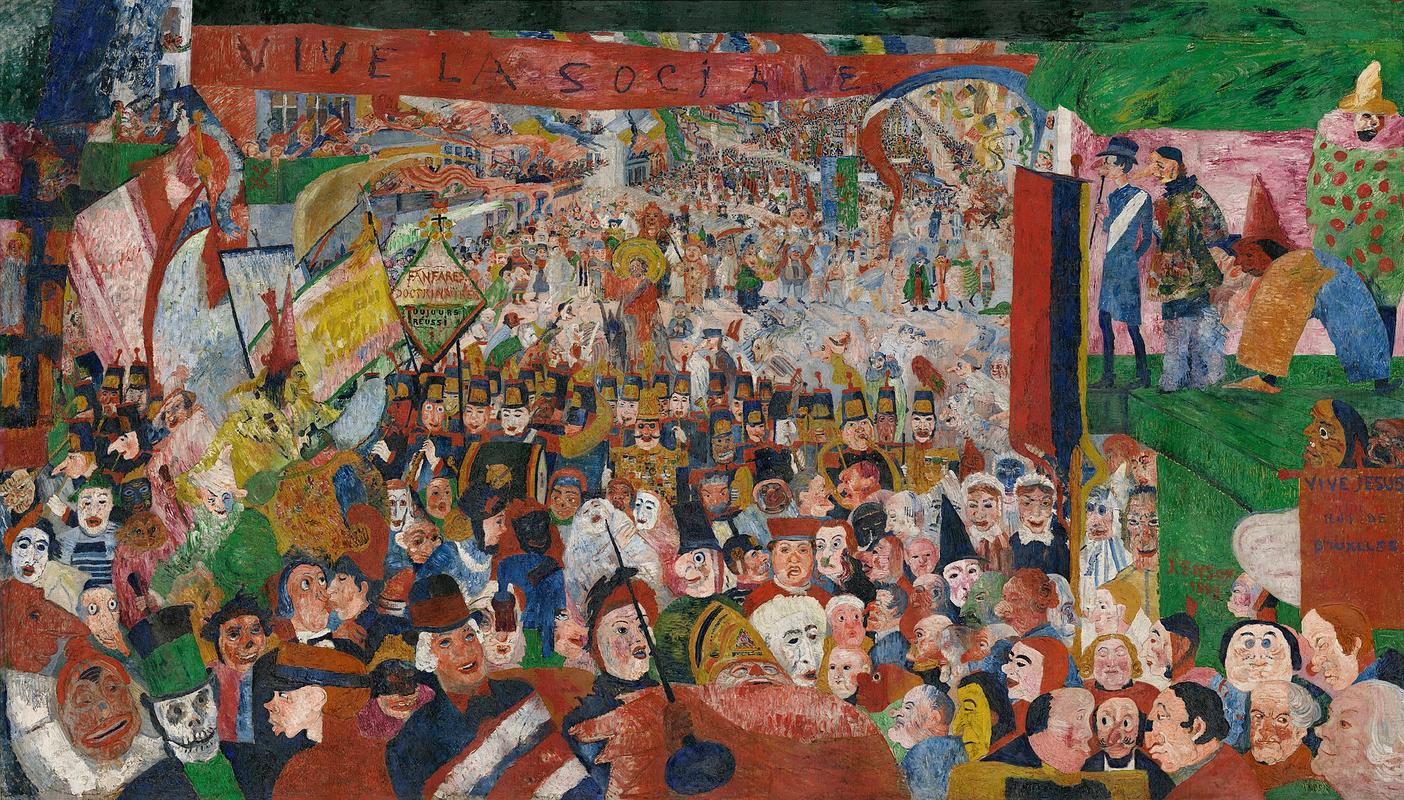
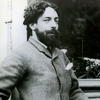
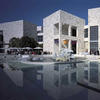
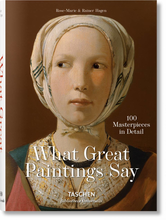
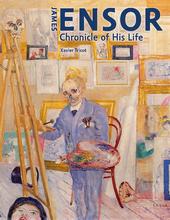
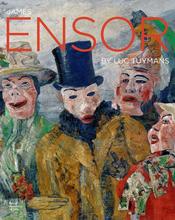









Love